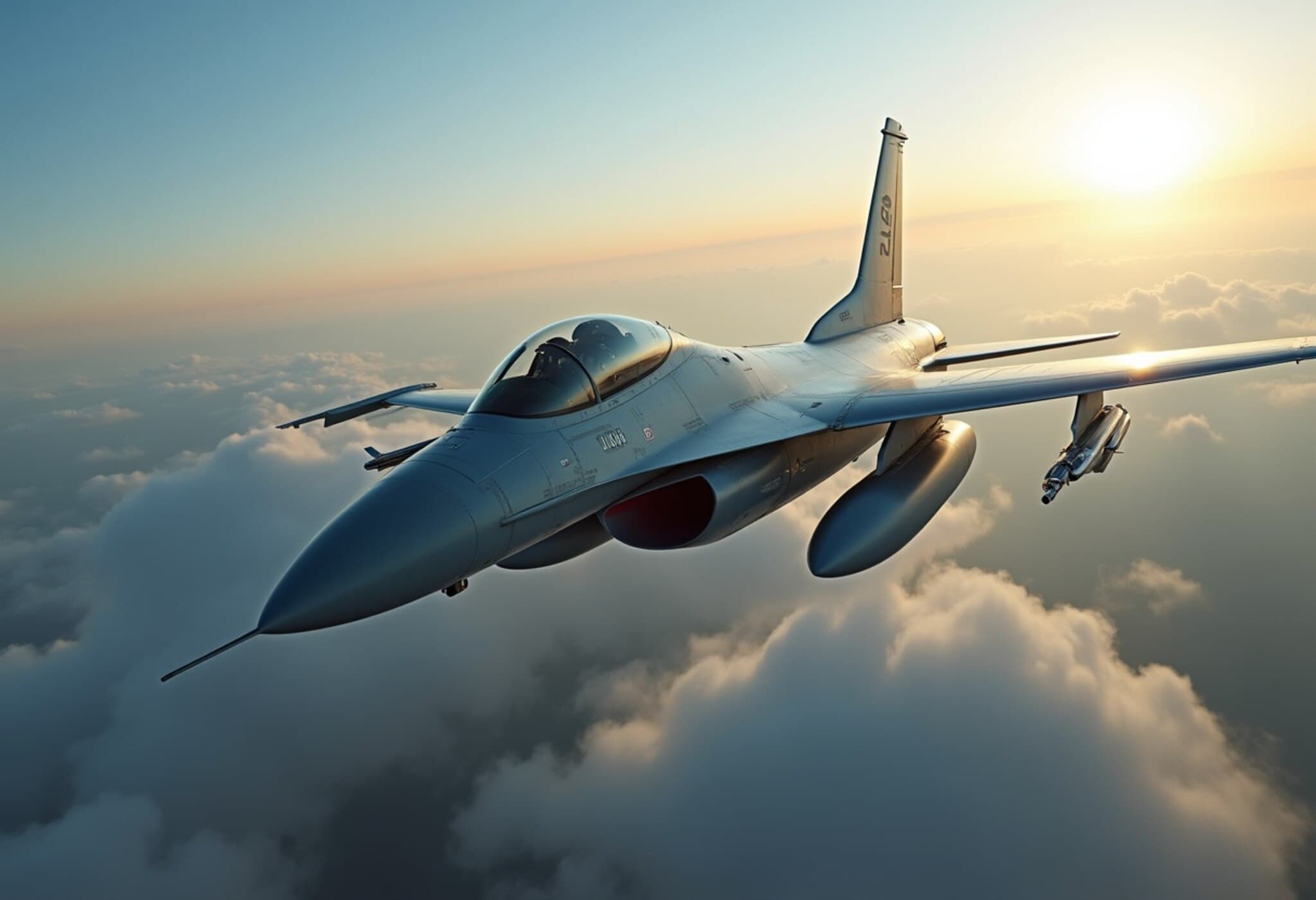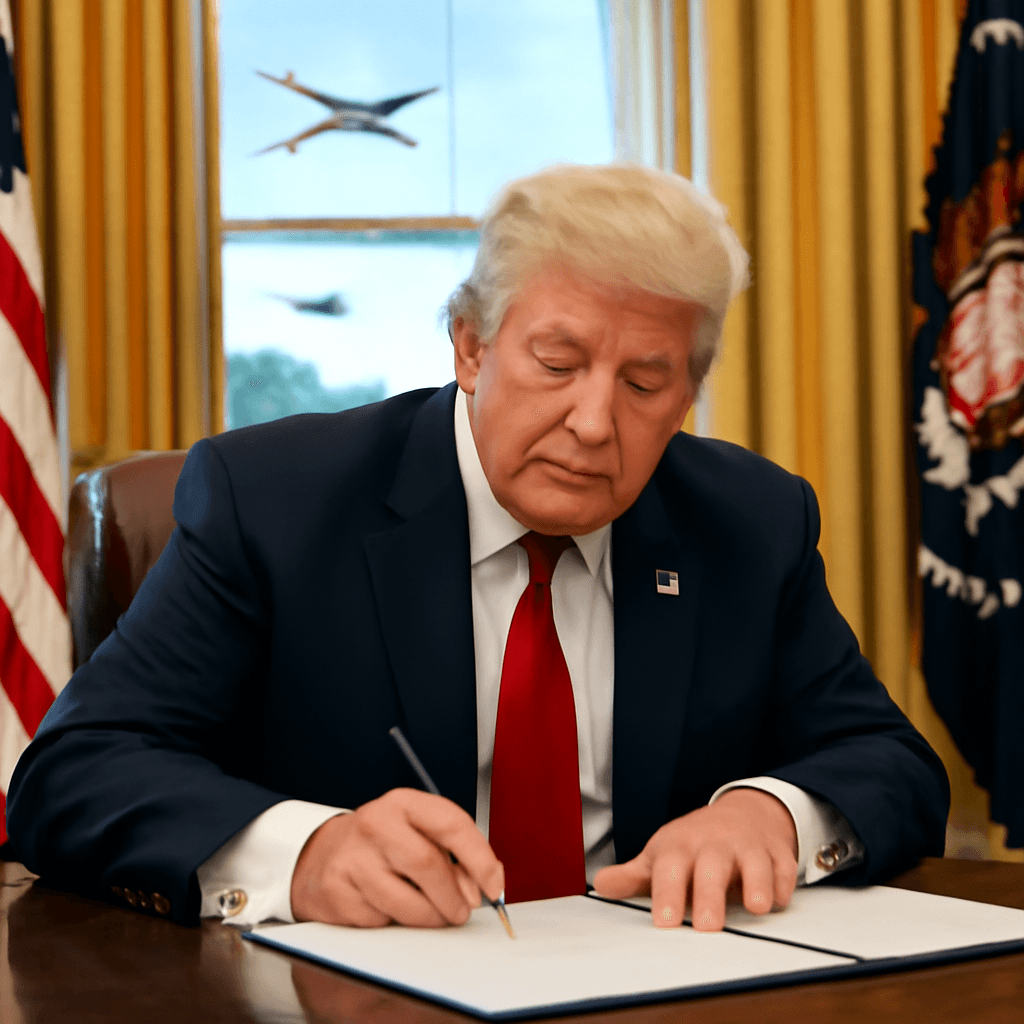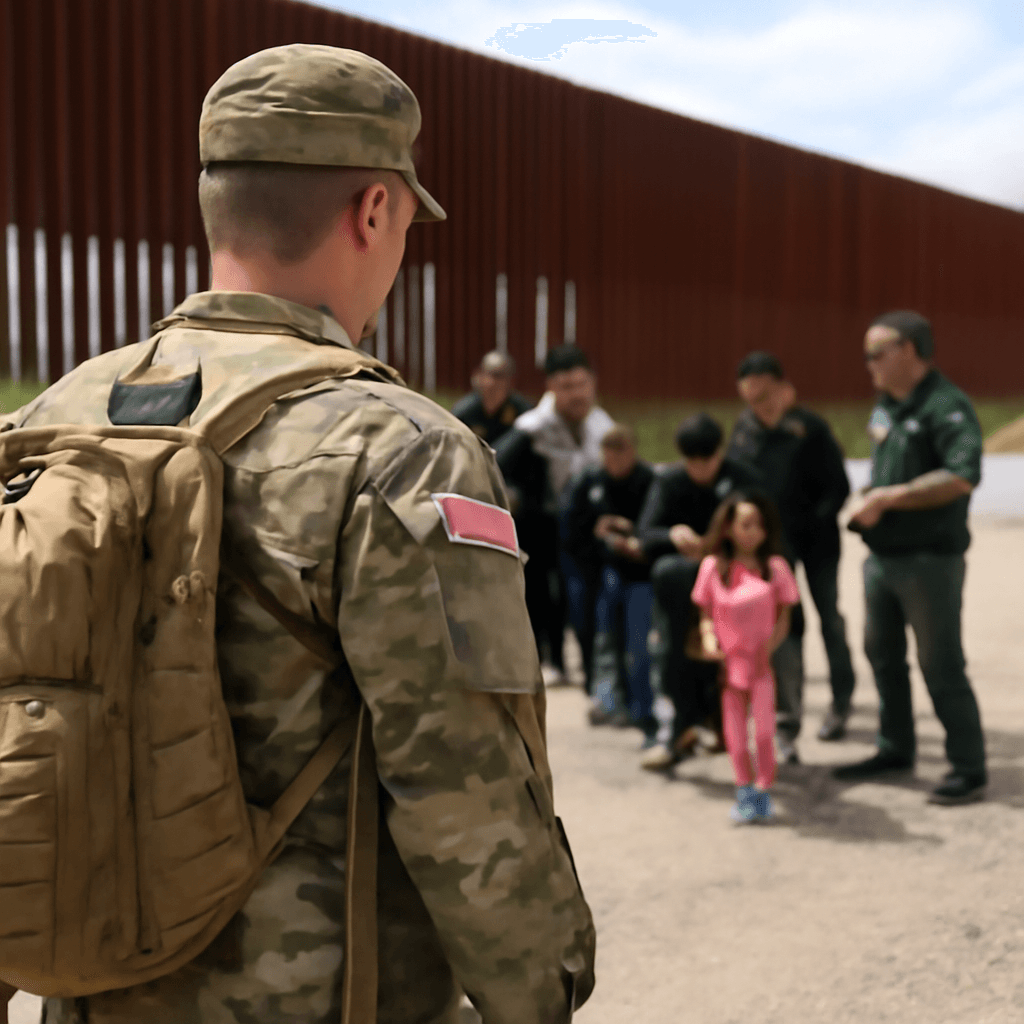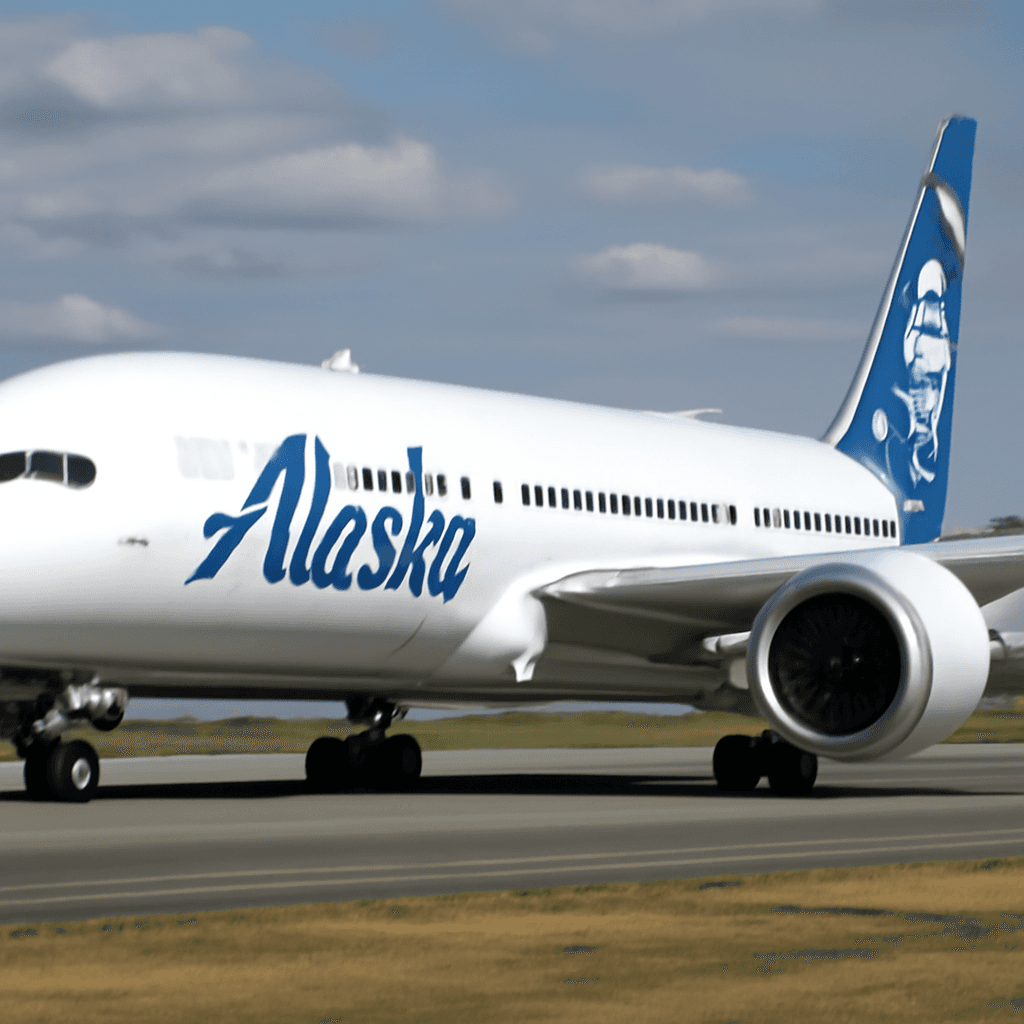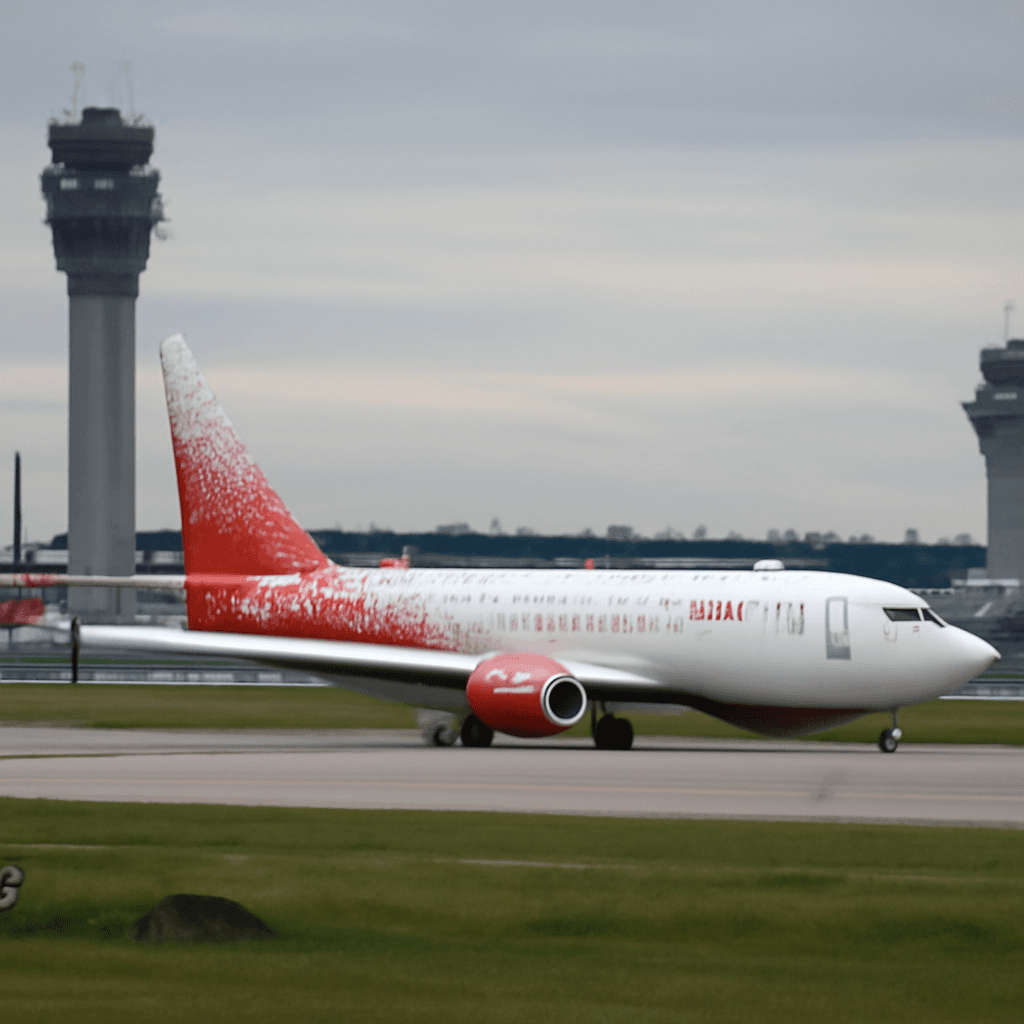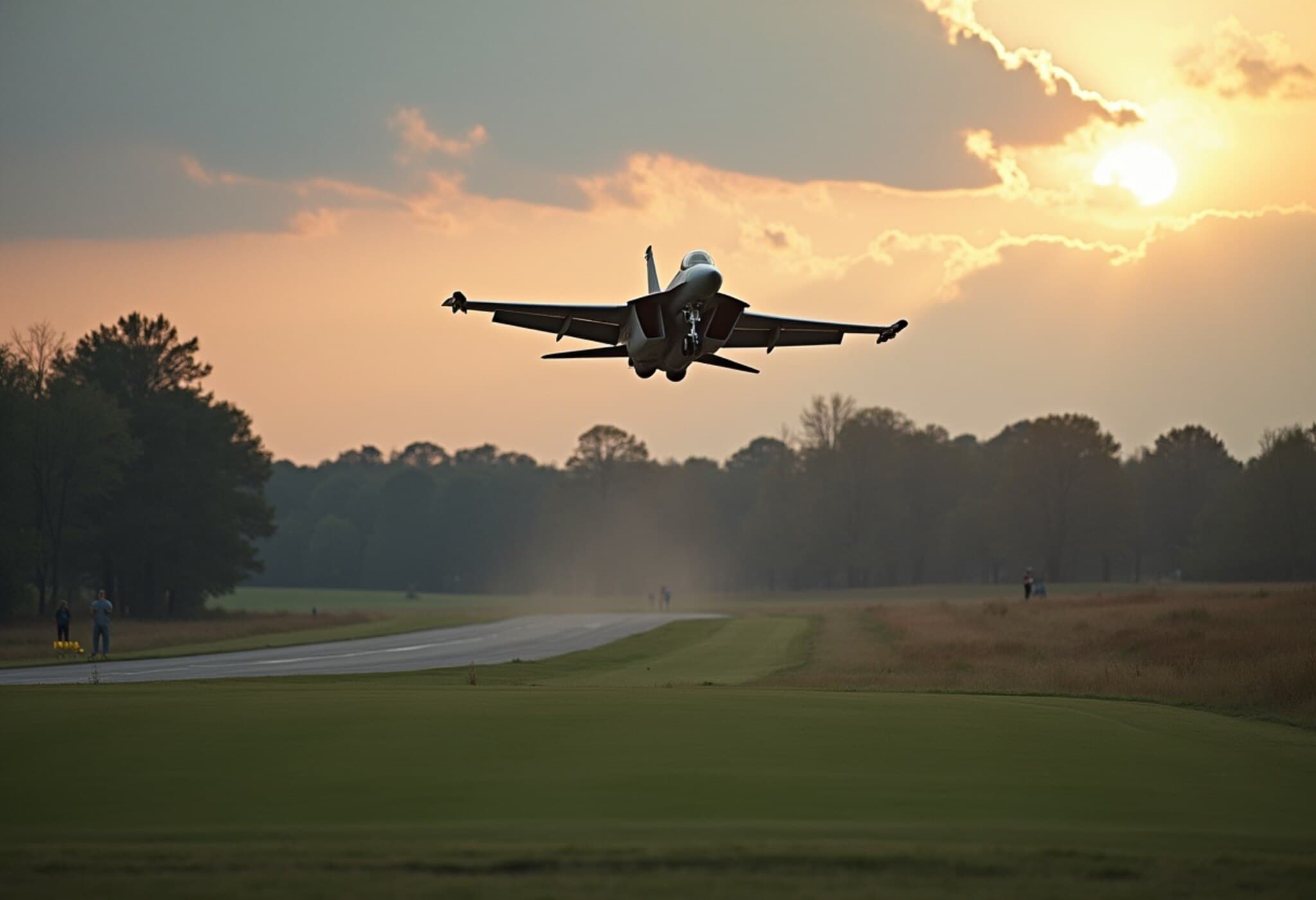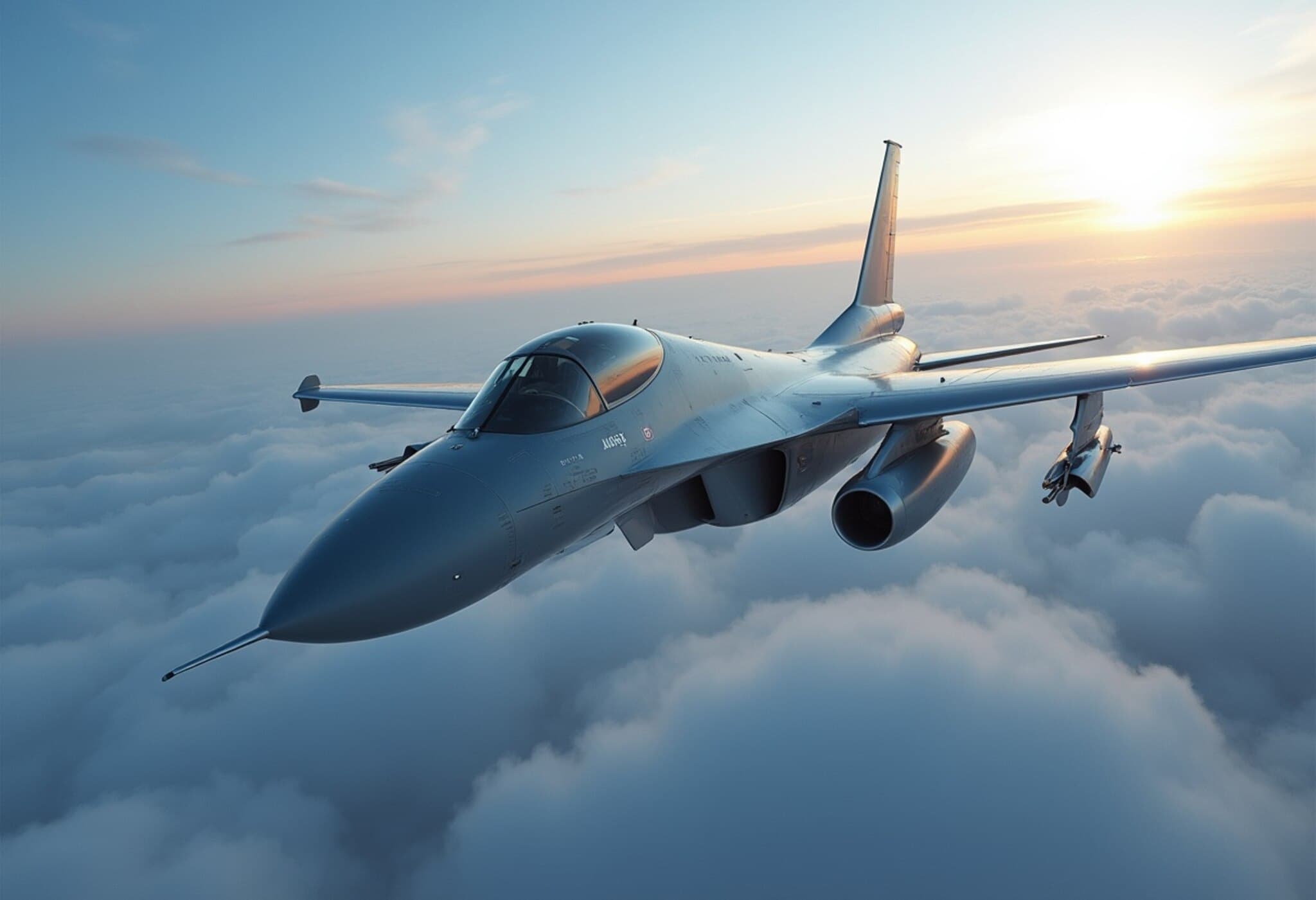F-16 Jets Scramble as Civilian Plane Enters Restricted Airspace Above Trump’s Bedminster Club
On a busy holiday weekend, a civilian aircraft unwittingly crossed into restricted airspace over former President Donald Trump’s golf course in Bedminster, New Jersey. The incident prompted a swift response from the US military, with an F-16 fighter jet deployed to intercept and escort the plane safely out of the no-fly zone.
Multiple Airspace Violations Prompt Military Action
The North American Aerospace Defense Command (NORAD) confirmed that Saturday marked the fifth instance that day of civilian aircraft breaching the temporary flight restriction (TFR) around the area. To get the pilot’s attention, the F-16 performed a maneuver known among aviators as a "headbutt," a deliberate close pass designed to signal warnings without causing harm.
Following the evasive action, the military jet successfully guided the civilian plane out of the restricted zone. NORAD emphasized that such airspace violations have become increasingly frequent in recent weeks, reinforcing the need for pilots to diligently review flight restrictions before takeoff.
Historical Context and Safety Measures
This incident echoes a similar event back in March, when a civilian plane intruded upon restricted airspace near Trump’s Florida residence shortly after the former president finished golfing in West Palm Beach. At that time, F-16 jets even fired flares to warn the pilot, though no threats to safety occurred.
Officials have been clear that despite these repeated incursions, none have interfered with Trump’s security or activities. NORAD also noted that the flares, while visible from the ground, burn out quickly and serve as a non-intrusive alert method.
Official Statements Highlight Importance of Compliance
General Gregory Guillot, commander of NORAD and US Northern Command, underscored the critical nature of respecting TFRs. Adherence to these restrictions safeguards both national security and flight safety, particularly when protecting high-profile individuals and sensitive locations.
With restricted airspaces around sensitive sites continuing to attract attention, authorities reiterate their appeal for pilots to remain vigilant and informed to avoid dangerous encounters.



